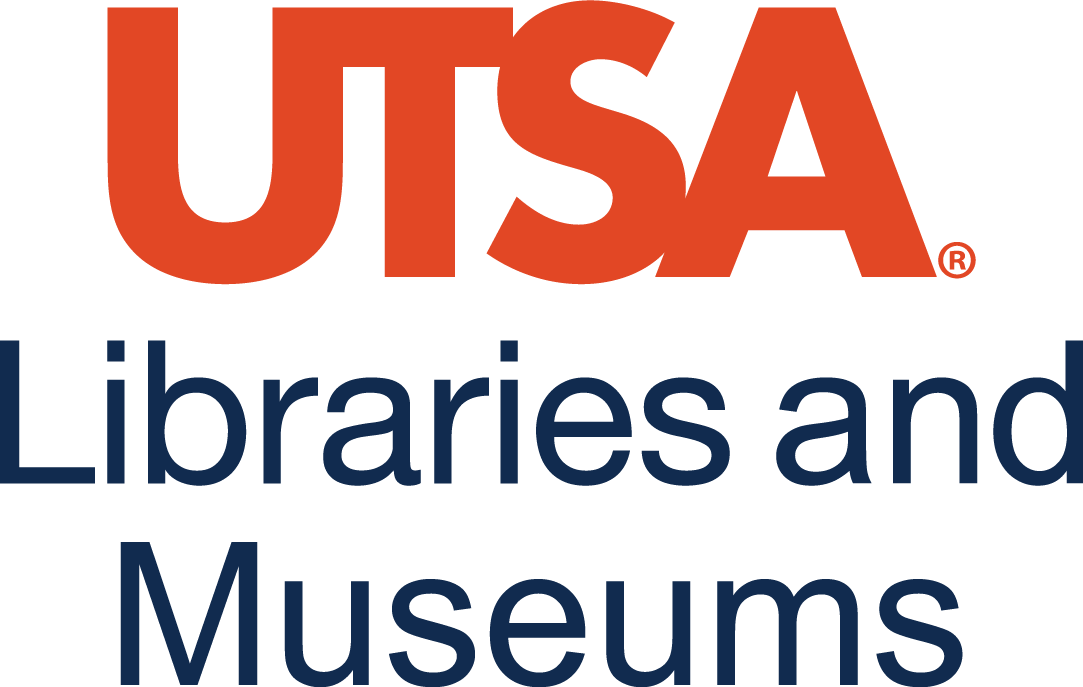Interactive Technologies
9 Systematic literature review and bibliometric analysis on virtual reality and education | Review
Bruna Damiana Heinsfeld
Article
Rojas-Sánchez, M. A., Palos-Sánchez, P. R., & Folgado-Fernández, J. A. (2023). Systematic literature review and bibliometric analysis on virtual reality and education. Education and Information Technologies, 28, 155–192. https://doi.org/10.1007/s10639-022-11167-5.
Authors

The article “Systematic literature review and bibliometric analysis on virtual reality and education” is authored by Mario A. Rojas‑Sánchez, Pedro R. Palos‑Sánchez, and José A. Folgado‑Fernández. The authors are affiliated with universities in three countries, Costa Rica, Spain, and Portugal, namely Tecnológico de Costa Rica, Universidad de Sevilla, Universidade da Beira Interior, and Universidad de Extremadura. The corresponding author is Dr. Folgado‑Fernández, whose recent research deals with virtual reality, digital experiences, and tourism.
Review
Summary
The analyzed paper presents a review of the literature on the utilization of virtual reality (VR) in education through a bibliometric analysis. The objective of the study was to identify the current knowledge base of VR in education and its integration into teaching and learning processes. The analysis was based on the assessment of articles published between 2010 and 2021, retrieved from the Web of Science and Scopus databases. The findings revealed that VR in education has garnered significant academic interest, as evidenced by the assessment of 718 articles. The average number of citations per article was relatively high, indicating the impact and influence of VR in this field. Thematic trends, such as simulation as a learning tool, technology integration in teaching processes, and the design of technological environments, were also identified. Journal and author performance within the field were critically examined, with the most impactful journal being “Computers & Education” and the most cited document in the dataset being “Effectiveness of virtual reality-based instruction on students learning outcomes in K-12 and higher education: A meta-analysis” by Merchant et al. (2014). Overall, this study offers valuable insights into the research landscape of VR in education, highlighting prominent topics, trends, and key influential publications.
Research Method
The authors used bibliometric analysis as their main methodology, which involves the quantitative investigation of publications and citations to gain insights into the research landscape of a specific field. The study narrows its focus on the implementation of VR in education and aims to identify principal topics, countries contributing to scientific production, and frequently used words in the literature. The authors analyzed articles published between January 1, 2010, and July 31, 2021, indexed in the Web of Science and Scopus Main Collection databases. These databases were chosen based on their quality indexes, long-term coverage, and the ability to download a considerable number of references simultaneously. The search procedures involved the application of inclusion criteria and the use of search strings to identify relevant literature on VR in education. Non-peer-reviewed documents, such as editorials, books, and proceedings, were excluded from the study. The collected data – 718 articles – were analyzed using various techniques, including descriptive statistics, citation analysis, and mapping analysis. Descriptive statistics provide an overview of the dataset, such as the number of papers, average citations per article, and trends over time. Citation analysis evaluates research performance and identifies influential articles and authors. Mapping analysis involves the construction of bibliometric maps to visualize the conceptual, intellectual, and social structures of the literature.
Findings
The results of the study indicated a substantial academic interest in VR in education. The average number of citations per article was relatively high, indicating the impact and influence of VR in this field. The most cited paper in the dataset at the time of the study was “Effectiveness of virtual reality-based instruction on students learning outcomes in K-12 and higher education: A meta-analysis” by Merchant et al. (2014), receiving 452 citations. The study identified several primary topics and trends in the application of VR in education, including the use of simulation as a learning tool, technology integration in teaching processes, and the design of technological environments. It also highlighted the increasing interest in e-learning using VR tools and the impact of the COVID-19 pandemic on the adoption of VR in education. Moreover, the journal “Computers & Education” emerged as the most impactful in the field of VR in education, reporting an h-index of 16. Additionally, the study reveals that the most productive countries in terms of research output on VR in education are the Republic of China and the United States of America.
Impact and Reflections for the Field ANF FOR PRACTICE
The authors underscored the potential of VR to enhance traditional classroom instruction by allowing students to engage with educational content in a more tangible and experiential manner. In this regard, VR can serve as a powerful tool for simulating real-world scenarios, historical events, and scientific experiments, thereby enabling students to develop a deeper understanding of the subject matter. Additionally, the use of VR in curriculum can promote active learning, as students become active participants in the learning process, rather than passive recipients of information. The identification of prominent topics and trends, as identified in the study, can guide educators, researchers, and policymakers in designing effective VR-based instructional strategies and developing curricula. The insights gained from the study can inform the integration of VR technology in diverse educational settings, fostering innovation, engagement, and improved learning outcomes.
Limitations AND FUTURE STUDIES
While the article provides valuable insights into the literature on VR in education, it also has some limitations and weaknesses that should be acknowledged. First, the limited data sources, relying on two databases and one language, the Web of Science Core Collection and Scopus, and publications in English. The exclusion of other databases and languages could result in potential bias and incomplete representation of the literature. Additionally, the study primarily focuses on quantitative analysis. While the chosen methodology provides essential information on the subject, the lack of qualitative analysis limits the understanding of the content and quality of the included articles. As such, a more in-depth analysis of the methodologies, findings, and implications of the included articles could provide a more comprehensive understanding of the field. Expanding the data sources to incorporate additional databases and languages to ensure a more comprehensive representation of the literature on VR in education would be valuable to the field.

